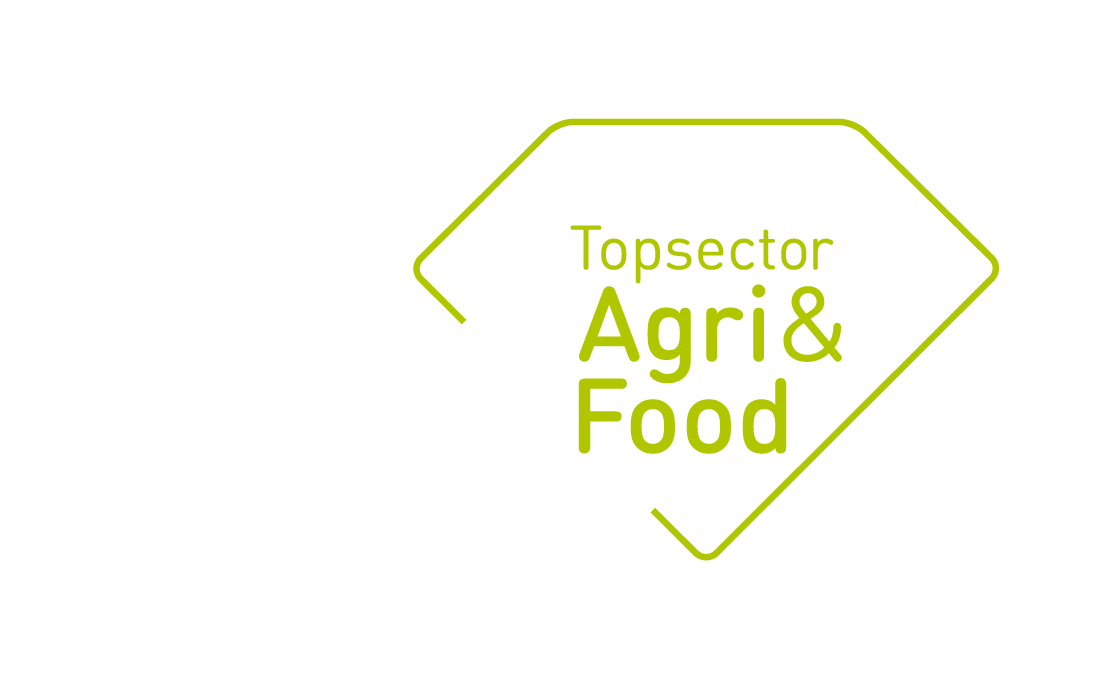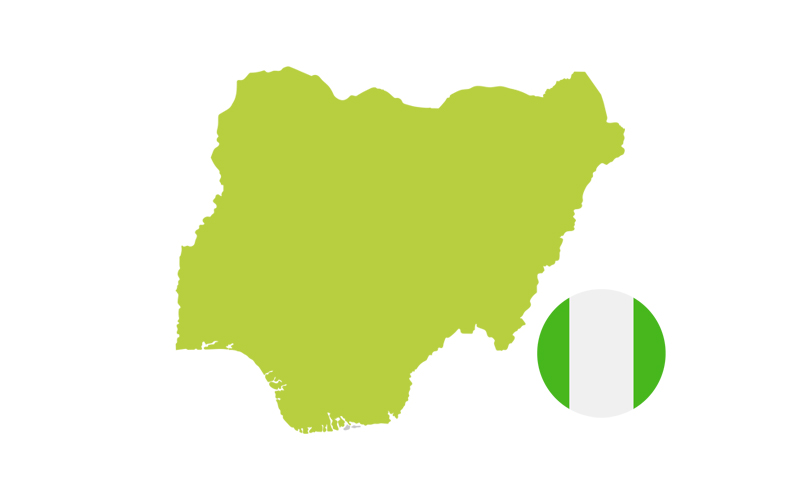Projecttitel: Professionalization of the Aquaculture Industry in Ghana and Nigeria
Projectnummer: SMP-1511
Kernthema: Resource Efficiency
Looptijd: 2015
Budget: € 50.000
Projectleider: Eugene Rurangwa
Kennisinstelling: Wageningen University & Research
Projectpartners: Aquaculture Experience, CSIR-WRI, De Heus, Til-Aqua.
Samenvatting
In both Ghana and Nigeria there is a very high demand for animal proteins from fish. At the same time production from capture fisheries is declining. Through various governmental and commercial initiatives fish farming of Nile Tilapia (Oreochromis niloticus) and African Catfish (Clarias gariepinus) has started in both countries. However the industry faces bottlenecks such as 1) the lack of knowledge and skills at the farm level; 2) the limited access to appropriate technologies for fish farming and 3) the absence of a benchmark for surveying the production efficiency of fish farms. Through business innovation and cooperation between Dutch, Ghanaian and Nigerian public and private stakeholders, this project aims at tackling these bottlenecks to meet the increasing demand for fish in Ghana and Nigeria.
The adoption of intensive production systems such as the innovative RAS technology in the hatchery phases, the high density grow-out of tilapia in cages and catfish in earthen ponds and tanks and the use of floating feeds are developing in Ghana and Nigeria with the involvement of public and private partnerships (PPS). Dutch companies in these two countries do business in fish feed production, input supply (feeds, fingerlings, systems), fish farming, farm establishment and consultancy. The sector constitutes an important source of jobs and incomes, and contributes to food and nutrition security.
Nevertheless, at many fish farms, employees and managers lack knowledge and appropriate skills for daily farm operations and management. Without an upgrade of the skills at the farm level, any substantial improvement of other inputs (feeds, seeds) is prone to failure and continuous production losses of existing farms and the withdrawal of potential investments in aquaculture in the future.
Beside the high costs of feed and the unreliable quality and availability of fish seeds, many fish farms record poor and variable performances which can be explained by a combination of several factors. As one example, cage fish farms in Lake Volta grow the same Tilapia Akosombo strain and use the same feed (Raanan) but have Food Conversion Rates (FCRs) and survival rates ranging between 1.4-2.0 and 10.0-90.0%, respectively in the same water body. This is also the case in Nigeria where the aquaculture industry is poorly organised and small-scale based.
Furthermore, research is poorly funded and technologies are sometimes outdated. Possibly due to a lack of proper knowledge, policies related to the introduction of better performing (genetically improved) fish strains in Ghana are precautionary. On one hand this counteracts the expectations of the large aquaculture actors to expand their business and prevents potential new investors in fish farming from entering the country market. On the other hand, small scale farmers who do not have sufficient knowledge in general and of other fish strains in particular are compromised in their decision making. The challenge to research, industry and policy makers is to achieve compatibility between the wish to increase production and precautionary principles related to conservation of natural fish genetic diversity and preservation of the culture environment.
To assist the industry in both countries, there is a need to develop a benchmark to monitor the production efficiency and performances of fish farms based on inputs and outputs and to specify guideline ranges below which improvements should be made. Innovations that improve FCRs, reduce feed costs and fish mortality combined with the farming of only male Tilapia have shown good results by reducing the cost price by 50%. This again contributes to regional food and nutrition security.
To deal with these challenges, this project will facilitate business innovation and knowledge requirements for the target group by identifying the bottlenecks and opportunities in Tilapia and Catfish production in Ghana and Nigeria. The project will collect a set of data on production efficiency of a number of fish farms, resulting in a benchmark. Based on the outcomes of the bottlenecks and opportunities and benchmark a PPS proposal will be developed. The PPS proposal includes a strategic research agenda and a training of trainers curriculum for local government and industry.
Links
Deel dit bericht


